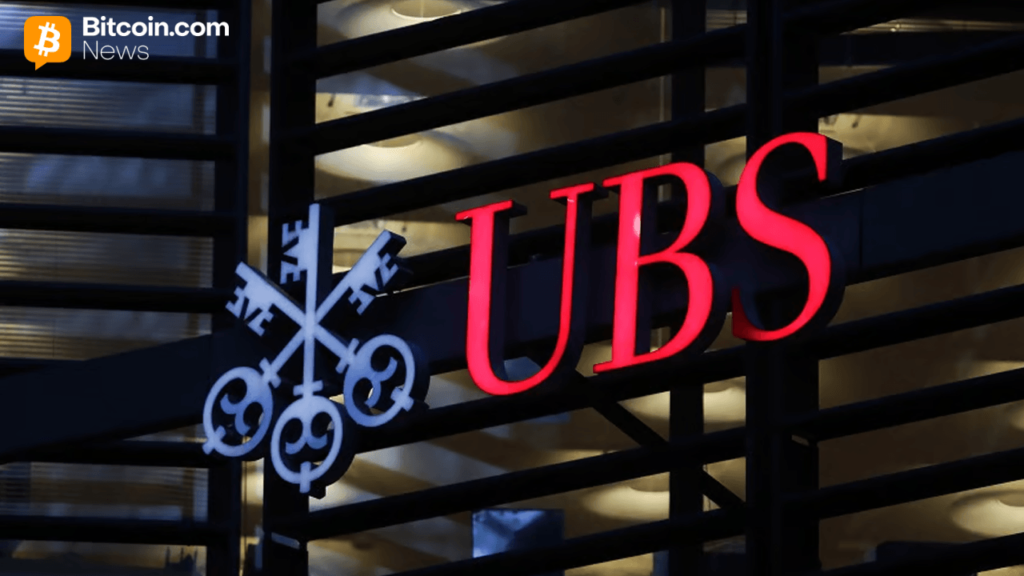Unlocking Digital Asset Workflows: Chainlink’s Innovative Approach for Financial Institutions
In a groundbreaking announcement, Chainlink has unveiled a new method that empowers financial institutions to manage and trigger digital-asset workflows using existing systems through Swift messages, routed via the Chainlink Runtime Environment (CRE). This innovative solution bridges the gap between traditional banking and blockchain technology, providing banks and service providers with seamless access to both public and permissioned blockchains.
The Significance of Swift Integration
The integration with Swift, a pivotal messaging network for financial institutions, allows banks to leverage their established infrastructures while venturing into the digital asset realm. By utilizing CRE, banks can easily send and receive data through familiar channels, circumventing the complexities often associated with blockchain adoption. This not only enhances operational efficiency but also mitigates the risks associated with transitioning to new technologies.
Enhancing Interoperability
Chainlink’s new method significantly enhances interoperability between various blockchain networks and existing financial systems. The CRE acts as a bridge, ensuring that different blockchains can communicate effectively with traditional banking infrastructures. This interoperability is crucial for financial institutions looking to integrate digital assets without overhauling their entire operational frameworks. The seamless communication between systems fosters a better user experience for clients as they navigate this evolving landscape.
Empowering Financial Institutions
With this solution, financial institutions are empowered to initiate smart contracts and manage digital workflows from their existing systems. This capability opens up a myriad of possibilities. For instance, banks can automate settlement processes, streamline trade executions, and enhance regulatory compliance through smart contracts. By leveraging blockchain technology, they can also ensure greater transparency and security for digital transactions, significantly reducing fraud risks.
Building Trust in Digital Assets
Trust is paramount within the financial sector, and Chainlink’s solution is designed to bolster this by providing a secure and reliable framework for digital asset management. Financial institutions can maintain the highest standards of security while simultaneously adopting innovative technologies that define the future of finance. Furthermore, the combination of Swift’s reputation and Chainlink’s blockchain expertise adds an additional layer of credibility to digital asset transactions, encouraging more institutions to explore these options.
Future Growth and Opportunities
As the digital asset market continues to expand, Chainlink’s initiative presents financial institutions with an opportunity to be at the forefront of this transformation. By incorporating blockchain technology into their workflows, banks can address growing consumer demands for digital asset services and innovate new financial products. This proactive approach by institutions will not only enhance their service offerings but also solidify their position in a rapidly evolving financial landscape.
Conclusion
Chainlink has laid the groundwork for financial institutions to integrate digital assets into their operations seamlessly. By leveraging Swift message routing through the Chainlink Runtime Environment, banks can enhance interoperability, build trust, and unlock new opportunities in the digital asset space. As the adoption of blockchain technologies grows, Chainlink’s innovative solution will undoubtedly play a significant role in helping traditional financial institutions navigate this exciting frontier, leading to a more interconnected and efficient financial ecosystem.


